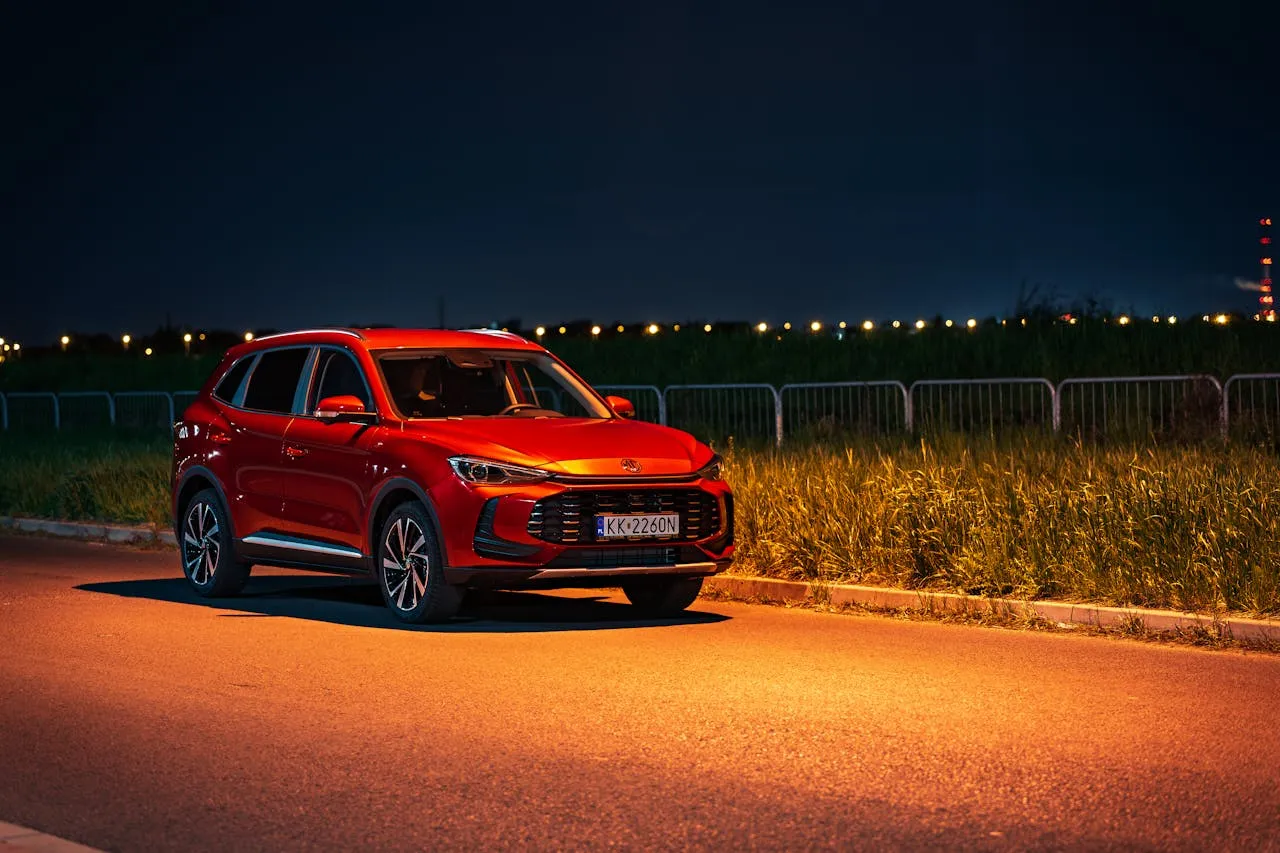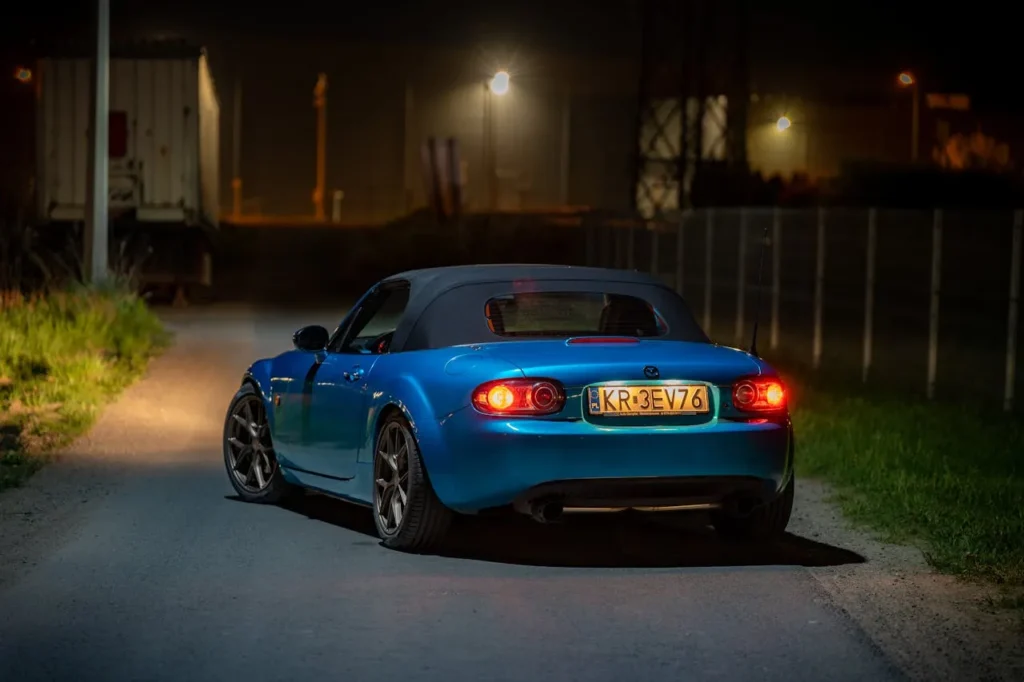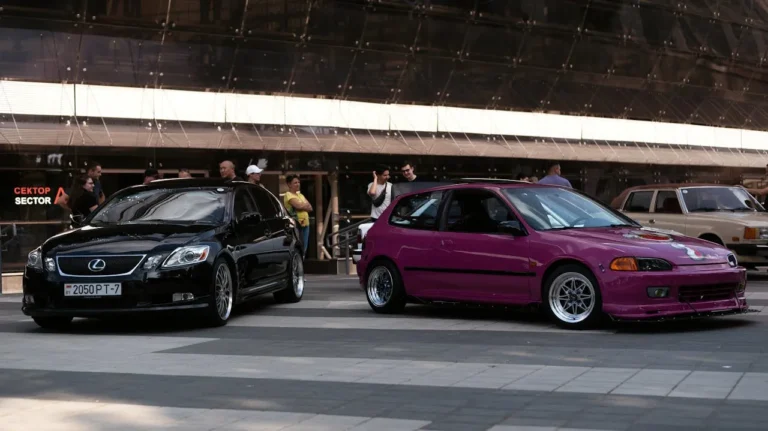
Stellantis and Factorial Energy Achieve Major Breakthrough in Solid-State Battery Development for Next-Generation EVs
Stellantis N.V., one of the world’s leading automotive manufacturing groups, and battery innovator Factorial Energy have reached a major technological milestone in their joint pursuit of next-generation energy solutions. The companies today announced the successful validation of Factorial’s large-format FEST® (Factorial Electrolyte System Technology) solid-state battery cells, marking a critical step in advancing the commercialization of solid-state battery technology for electric vehicles (EVs).
This development underscores the growing momentum in the EV industry to move beyond conventional lithium-ion batteries and toward solid-state alternatives that promise superior performance, safety, and energy efficiency. The validation of these 77Ah automotive-sized battery cells positions Stellantis and Factorial Energy at the forefront of this technological shift.
A Leap Forward in Battery Innovation
The FEST® cells validated by Stellantis deliver a remarkable energy density of 375 Wh/kg and have successfully achieved over 600 charge-discharge cycles, moving the technology closer to automotive-grade qualification. These large-format, lithium-metal solid-state batteries represent a major evolution from traditional lithium-ion designs, offering improvements across multiple performance metrics critical to EV manufacturers and consumers alike.
“Reaching this level of performance reflects the strengths of our collaboration with Factorial,” said Ned Curic, Chief Engineering and Technology Officer at Stellantis. “This breakthrough puts us at the forefront of the solid-state revolution, but we are not stopping there. We continue working together to push the boundaries and deliver even more advanced solutions, bringing us closer to lighter, more efficient batteries that reduce costs for our customers.”
One of the most impressive characteristics of the newly validated FEST® cells is their fast-charging capability. The battery can charge from 15% to over 90% in just 18 minutes at room temperature—significantly reducing one of the major friction points for EV adoption: long charging times. The cells are also engineered to deliver a high power output, with discharge rates up to 4C, making them well-suited for performance-oriented electric vehicles that demand both speed and endurance.
Overcoming the Challenges of Solid-State Battery Development
The journey toward reliable, automotive-grade solid-state batteries has been marked by numerous scientific and engineering challenges. Unlike liquid electrolyte lithium-ion cells, solid-state batteries require highly stable solid electrolytes that can deliver consistent performance across a wide temperature range without compromising on safety, energy density, or cycle life.
Factorial Energy’s team has developed a novel electrolyte formulation using advanced materials science and AI-driven design tools. This formulation enables the FEST® cells to operate effectively across a wide range of ambient temperatures—from -30°C to 45°C (-22°F to 113°F). This breakthrough significantly surpasses the thermal limitations typically associated with solid-state battery technologies, broadening their usability in diverse geographic and climatic conditions.

“Battery development is about compromise. While optimizing one feature is simple, balancing high energy density, cycle life, fast charging, and safety in an automotive-sized battery with OEM validation is a breakthrough,” said Siyu Huang, CEO of Factorial Energy. “This achievement with Stellantis is bringing next-generation battery technology from research to reality.”
A Strategic Collaboration Driving Real-World Integration
Stellantis’ ongoing partnership with Factorial Energy has proven to be a strategic investment in the future of mobility. The global automaker invested $75 million in Factorial back in 2021 as part of its broader electrification strategy under the Dare Forward 2030 plan. This plan includes ambitious goals to bring more than 75 battery electric vehicle (BEV) models to market by 2030 and to achieve 100% of passenger car sales in Europe and 50% in the United States from BEVs.
This latest milestone builds on that strategic alignment, with Stellantis and Factorial now focused on optimizing battery pack design and system integration. By working closely on the architecture of battery packs that incorporate FEST® cells, the two companies are addressing key engineering challenges such as weight reduction, system efficiency, and packaging flexibility.
Reducing battery pack weight is a central objective, as it directly contributes to extending EV driving range and improving vehicle performance. The collaboration is also exploring how best to integrate FEST® cells into Stellantis’ broad portfolio of vehicle platforms, ensuring compatibility with a wide range of applications—from city cars and SUVs to high-performance vehicles.
Demonstration Fleet Planned for 2026
Building on the successful validation of FEST® cells, Stellantis is moving forward with plans to launch a demonstration fleet equipped with Factorial’s solid-state battery technology by 2026. This fleet will serve as a key proving ground for real-world testing, allowing both companies to collect valuable data on battery behavior under typical driving conditions, including various climates, usage patterns, and charging environments.
The demonstration fleet initiative will not only help refine the technology for mass production but also accelerate the pathway to commercialization. The results from this program will inform final design choices, manufacturing scale-up strategies, and regulatory certifications necessary for bringing solid-state batteries into full-scale automotive deployment.
Broader Implications for the EV Industry
The successful validation of automotive-sized solid-state batteries represents more than a technical milestone for Stellantis and Factorial—it signals a broader shift in the global EV landscape. As the race to electrify the automotive sector intensifies, battery innovation is emerging as a key competitive differentiator among automakers. The ability to offer vehicles with longer range, faster charging, enhanced safety, and lower overall weight will play a pivotal role in determining brand loyalty and market leadership in the EV era.
Solid-state batteries have long been heralded as the next frontier in battery technology due to their potential to overcome many of the inherent limitations of conventional lithium-ion systems. However, realizing this potential has required years of research, materials innovation, and testing. The Stellantis-Factorial collaboration showcases how combining deep automotive expertise with cutting-edge battery science can accelerate this journey.







